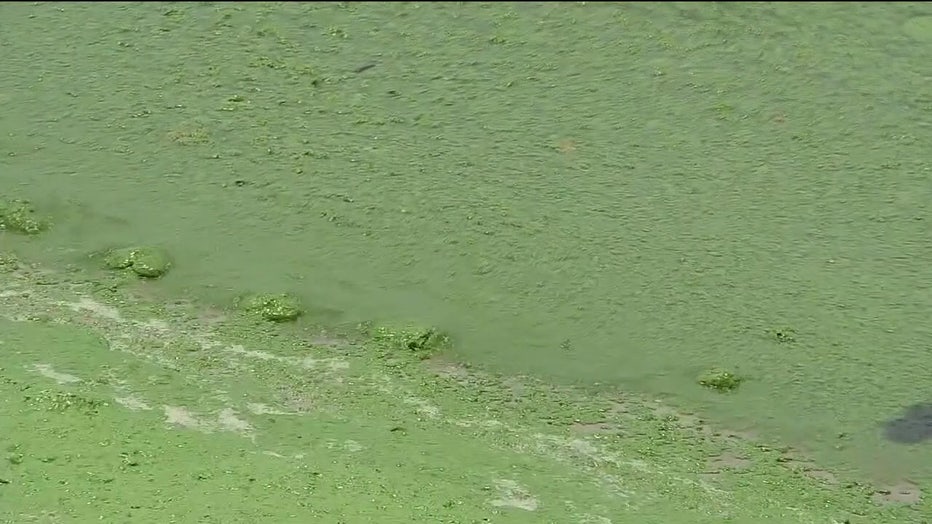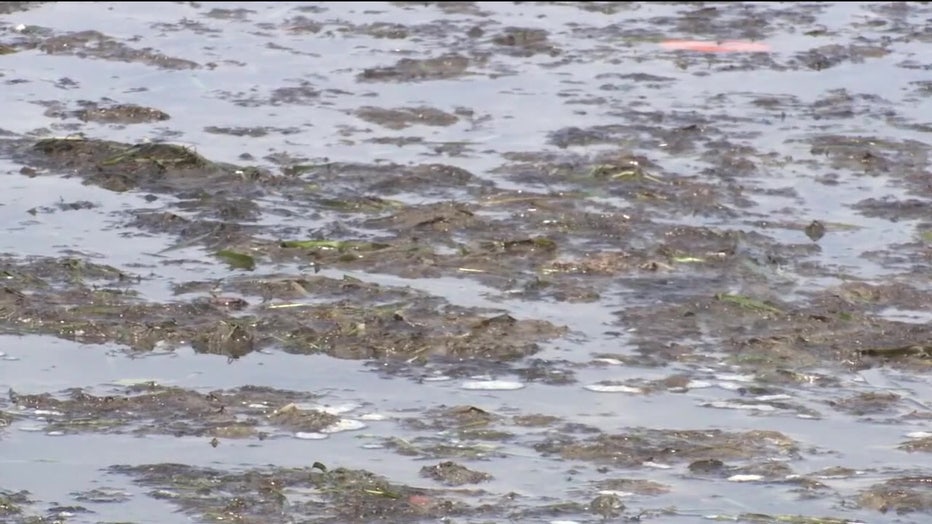Some Florida conservation groups calling for better standards to detect harmful algae blooms
Blue-green algae spotted in Polk County
For the second time this month, harmful blue-green algae blooms were spotted in Polk County. The health department sent out a warning to residents about Lake Van.
POLK COUNTY, Fla. - The Florida Department of Health warned residents about Lake Van in Polk County after harmful blue-green algae blooms were spotted in Polk for the second time this month.
It’s those very toxins that have some Florida conservation groups on edge. They are calling out the state’s water quality standards, saying change is overdue.
READ: St. Pete leaders discussing plans for Rays stadium, Historic Gas Plant District ahead of key votes
Five conservation groups, including the Center for Biological Diversity in St. Petersburg, recently filed a petition to have the Environmental Protection Agency step in to set limits for algae toxins, especially those found in blue-green algae blooms.
Jason Totoiu, a senior attorney with the Center for Biological Diversity, said the federal government made recommendations for states five years ago, but they argue Florida isn’t doing enough.

"Those toxins pose a risk to human health, and we requested that the state take action on this regard about five years ago. But since then, they unfortunately have not taken any action," said Totoiu.
The Florida Department of Environmental Protection does collect water samples and runs tests on algal blooms. Then, Florida DEP shares those results on an algal bloom dashboard and sends alerts through the health department.
"We don’t think that goes far enough because people can potentially be exposed to cyanotoxins before you see a bloom and after a bloom," said Totoiu.

The toxins from the bloom smell can kill marine life, and they can make humans and pets sick.
"Where we've had some slight shifts in Tampa Bay, Indian River Lagoon over on the east coast has had a terrible time," said Jim Ivey, an associate professor of environmental science at the University of South Florida in St. Petersburg.
Researchers like Ivey said the cyanobacteria from the algae is blooming in different parts of the state.
"What we are seeing in Lake Okeechobee is high amounts of phosphate. Most of that is related to agriculture in the area that's built up in Lake Okeechobee and is washing down from the Caloosahatchee, and we have these microcystis blooms," said Ivey.
Some conservation groups hope calling for specific standards will help.
SIGN UP: Click here to sign up for the FOX 13 daily newsletter
"It’s a comprehensive and complex problem. It requires a comprehensive solution," said Totoiu.
The Florida DEP website said the state is doing a triennial review of its water quality standards. However the Center for Biological Diversity said that process started in 2019 with rules made in 2021, so Totoiu said a report is overdue.
FOX 13 reached out to Florida DEP and the governor’s office for comment but did not hear back in time for the broadcast.

